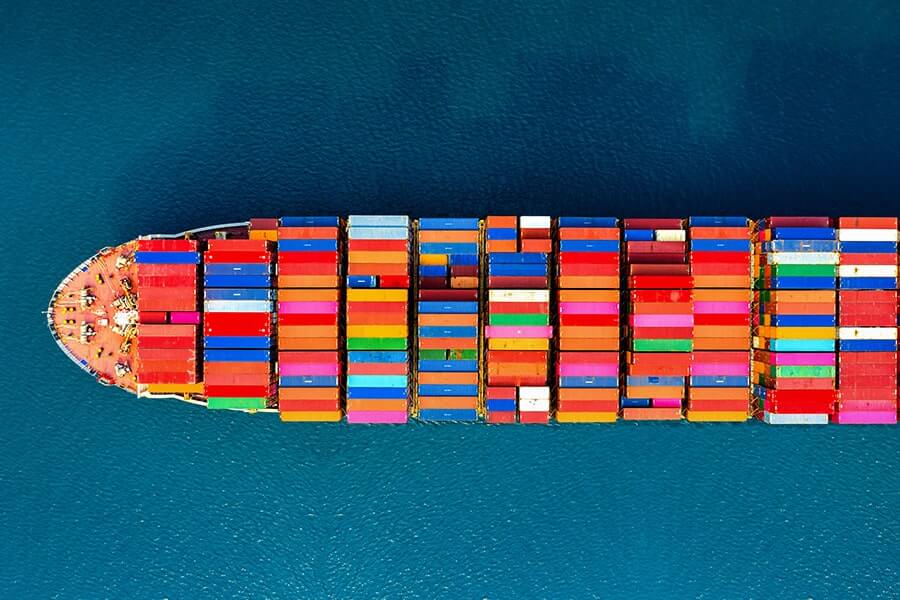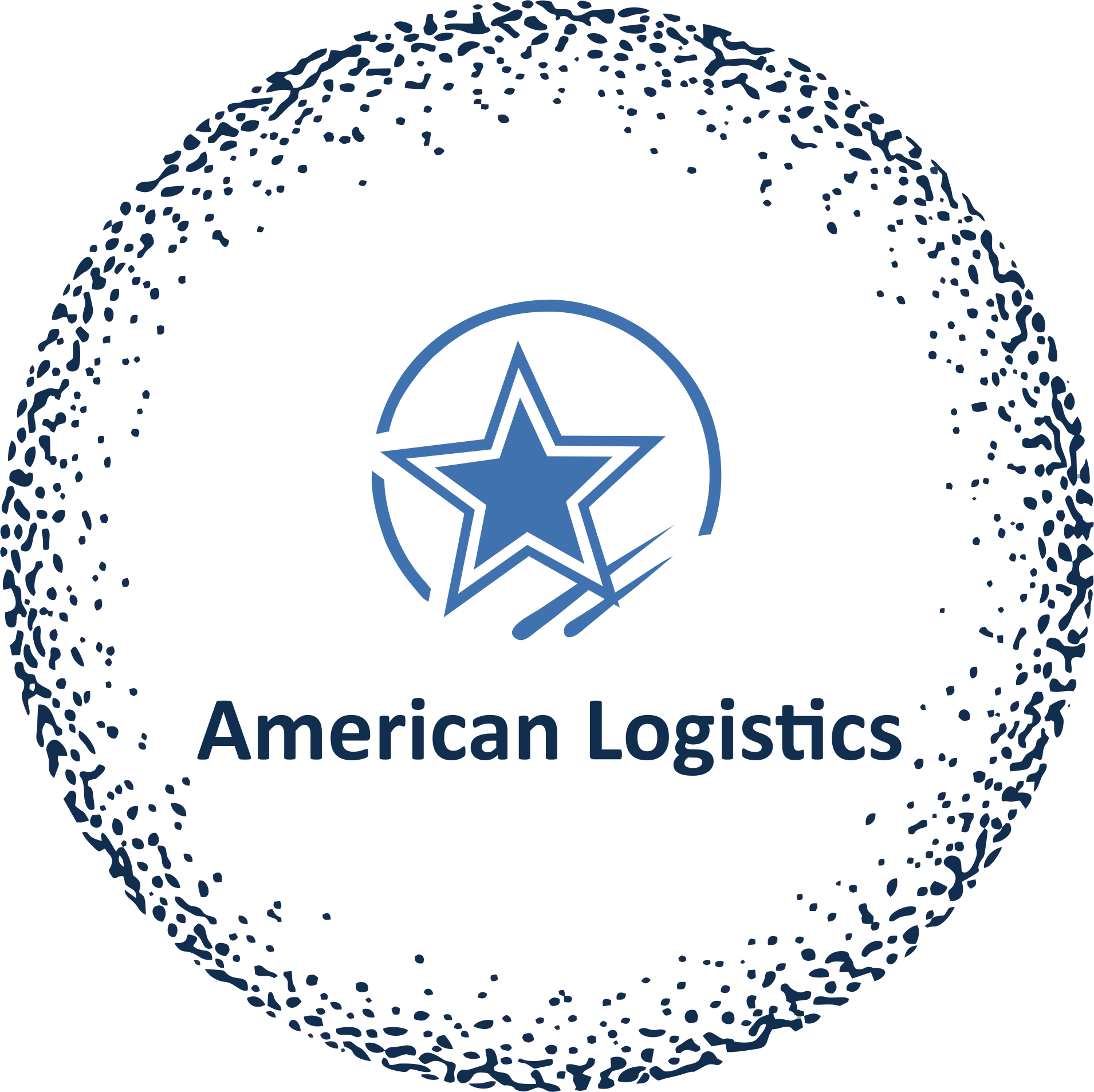Congestion has reached critical levels at some of North Europe’s hub ports. The bottlenecks are worsened by ongoing driver shortages and disruptions to inland rail and barge services. Although imported container volumes into North Europe and the Mediterranean in the first four months of the year fell -4% y/y to 4.16 million TEU, according to Container Trades Statistics (CTS), it has not eased congestion at the hub ports
Accumulated delays stemming from congestion have necessitated the adjustment of 17 sailings offered by the 2M Alliance on the Asia-North Europe corridor from August until November so far. Meanwhile, shippers overloaded with inventory are delaying the collection of their cargo from ports causing boxes to stack up at container terminals.

The port challenges have consequently pushed delays inland to intermodal services that collect and carry containers to inland terminals for distribution via road, rail, or waterway to their final destinations. The average wait times for barges in Rotterdam and Antwerp last week was 56 hours in Rotterdam and 51 hours in Antwerp, significantly higher than pre-pandemic levels. Rail freight in Europe has also faced significant disruption through June with construction work in Germany closing lines and impacting train arrivals and departures, creating imbalances across the network
A number of key factors are driving terminal congestion. Schedule reliability remains at a low 25.7% according to Sea-Intelligence Maritime Analysis (see Figure 1). Additionally, vessel call sizes have risen significantly at North European ports. S&P Global Port Performance Program data shows average call sizes in the first five months compared with the same period last year at Felixstowe were up 30%, Gdansk up 26%, Rotterdam up 20%, and Antwerp and Hamburg both up 10%. This means there are greater volumes on vessels bunching up outside their arrival windows, placing enormous pressure on the handling capabilities of terminals.
Drewry data noted productivity across North Europe container terminals has deteriorated significantly. Average port hours of the deep-sea vessels across the North Europe hubs in the first five months increased 20% y/y to 52 hours, while the average anchorage hours increased 37.6% compared with the same period in 2021.
Source: Journal of Commerce
